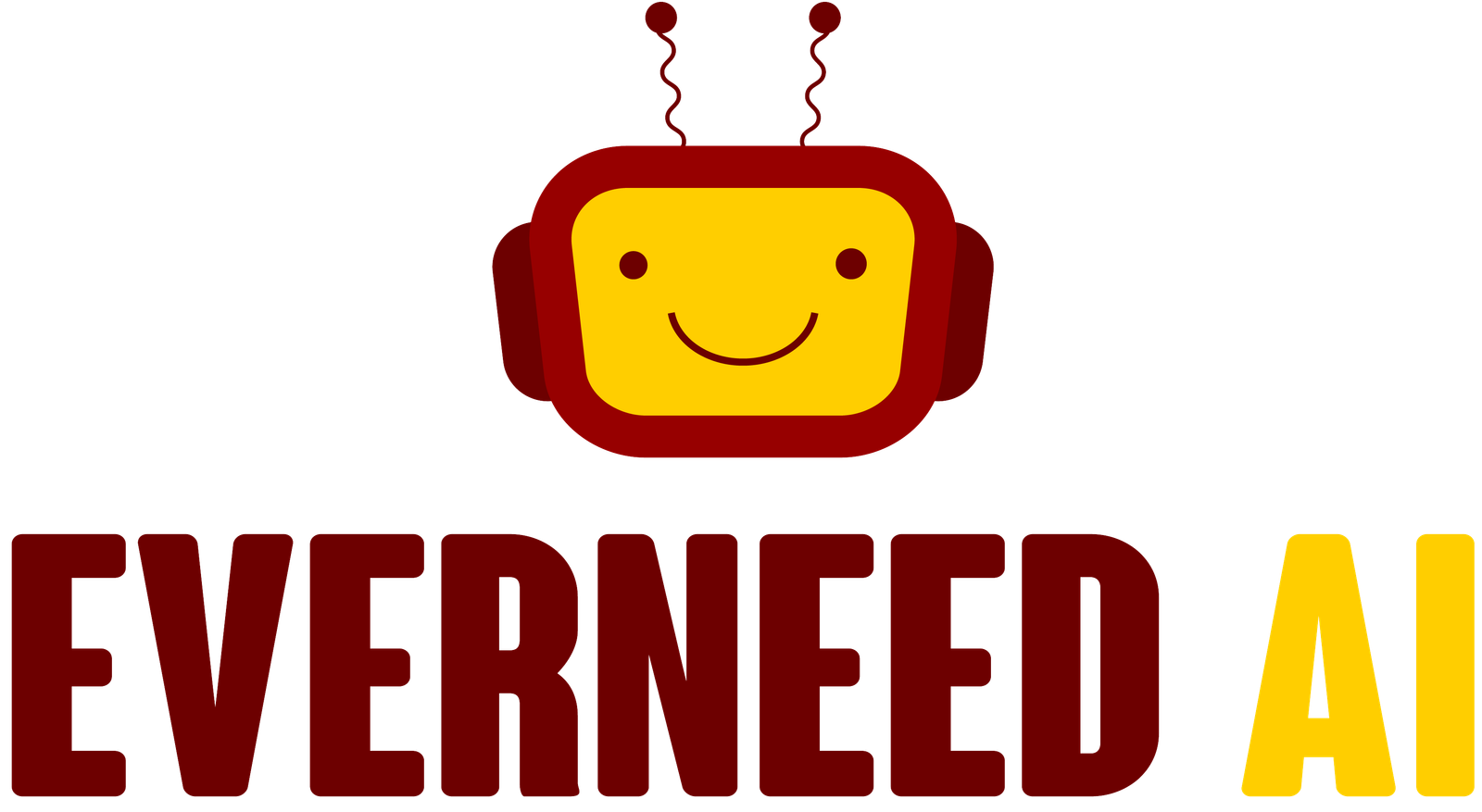Dean Guida, CEO of Infragistics and Founder of Slingshot – Interview Series
Dean Guida has led his organization through decades of technological change, cultivating Infragistics from a small startup in 1989 into a global enterprise software leader. Dean oversees all aspects of Infragistics’ business operations and corporate direction, maintaining a steady focus on delighting the customer, delivering value to the market, and inspiring STEM students. With a […] The post Dean Guida, CEO of Infragistics and Founder of Slingshot – Interview Series appeared first on Unite.AI.


Dean Guida has led his organization through decades of technological change, cultivating Infragistics from a small startup in 1989 into a global enterprise software leader. Dean oversees all aspects of Infragistics’ business operations and corporate direction, maintaining a steady focus on delighting the customer, delivering value to the market, and inspiring STEM students. With a developer and UX professional community of more than two million,
Dean has developed software solutions that accelerate design, development, and collaboration, including Slingshot. Slingshot unifies data, AI, and work management in a single platform, helping you make faster, smarter decisions while driving business growth and collaboration.
Dean is also the author of a book that I highly recommend to any SaaS entrepreneur titled When Grit is Not Enough: An Entrepreneur's Playbook for Taking Your Business to the Next Level,
You founded Infragistics over 35 years ago, before the internet had fully matured. What was the original inspiration behind creating Infragistics, and how did you envision its future at the time?
When other 16-year-olds were buying their cars, I decided to buy an IBM PC to teach myself how to code. That’s where my passion for programming and technology–and ultimately the inspiration for Infragistics–began.
After college, I worked a two-year stint as a coder on Wall Street and wanted to take the leap to build my own products. It was then that Infragistics was founded. When we were first starting out, I was still working my consulting job during the day and I’d focus on the company at night. It wasn’t until we went head to head against Microsoft for a deal–and won–that Infragistics would propel to the forefront of the still nascent internet software industry.
Since the company’s inception, our goal has always been to power developers to build simple and beautiful applications. Thirty-five years later, we continue to do this and so much more–and on a bigger scale. While we could not have predicted all of the changes that the technology industry would go through in those 35 years, our vision for the trajectory of the company is exactly what we envisioned, if not more.
We’ve grown to six countries and more than two million developers use our software, with our client roster boasting 100% of the S&P 500, including Fidelity, Morgan Stanley, Exxon, Intuit and Bank of America. And in 2022, we launched Infragistics’ first non-enterprise tech platform–Slingshot–to put data at the center of workplaces so teams can make decisions that lead to growth.
As someone who bootstrapped a global tech company, what were the biggest challenges you faced in the early years of Infragistics, and how did you overcome them?
When we won the Microsoft deal, I had to go from early internet coder to business operator seemingly overnight. At that point we had only 10 employees, so I was responsible for navigating the nuances of scaling a company, hiring and growing teams and becoming a leader, a manager and a mentor. I no longer just built products–I had to market and sell them, too. It was a challenge but it forced me to learn some of businesses’ biggest lessons on the job.
For example, when we opened the doors to our first office, it was simply a place where people could come to work. It didn’t take too long to realize that I wasn’t just building a company–but a culture. For Infragistics specifically, that meant creating a culture centered around growth, innovation and collaboration.
Leadership was another big challenge. When I started to hire more frequently, I began to hire people that worked like me and thought like me. I quickly learned that a successful business needs diversity of thinking.
I also was quick to introduce structure and goals as a personal investment in employees’ growth. But, after participating in a leadership program where my employees and colleagues were asked to rank how much I cared about other people–and gave me a two–I realized that everyone experiences what leaders do in different ways. I thought I was showing I cared for employees through structure and goals, but my employees saw it as me being more focused on creating structure than building relationships with them. I learned that there’s more than one way to manage employees and began to diversify my approaches to management, even if they didn’t all feel as natural to me.
In 2022, you launched Slingshot, a platform designed to centralize data for business decisions. What was your inspiration behind Slingshot?
I’ve led Infragistics through a series of tumultuous moments in the internet’s ongoing evolution (think: the dot-com tech bubble of the late 90s, the explosion of the Internet, and the 2008 recession) over the past 35 years. Our secret to success and longevity over decades of continuous change in the tech industry has been our unique workplace philosophy for building trust, maximizing team results and using data to iterate and make informed decisions.
This philosophy became the backbone of Slingshot.
Slingshot is a work management platform that connects everyone you work with and everything they need to get work done–all in one place. With Slingshot, teams don’t have to spend time constantly switching through apps to complete tasks and can bring together data spread across several sources, channels and systems to quickly analyze performance and identify trends. We’re enabling teams to work smarter, make better decisions and achieve optimal results.
Slingshot AI is a significant leap forward for the platform. How does the integration of AI enhance the ability of businesses to make faster, data-driven decisions?
Slingshot has been setting the AI foundation for companies since its start by centralizing companies’ data across multiple data sources, channels and systems. With Slingshot AI, we’re now pairing this centralized data with conversational AI, so teams can quickly access and analyze data to integrate into their everyday workflows and decisions.
Companies have troves of data that teams typically can’t tap into because they don’t know where data lives, or many times, what data even exists in their organization. With Slingshot AI, teams can find the exact data they need from their company’s large collections of data and understand what it means–in seconds. And this all starts with a simple question from employees.
For example, teams can ask a question in Slingshot like, “How is marketing spend distributed by channel?” Slingshot AI will pull and analyze data from multiple company sources, like Google Analytics, Excel, Salesforce Marketing Cloud and HubSpot, to offer quick insights and data visualizations that teams can immediately put into action and make decisions with. We’re making it seamless for teams to integrate data into everything that they do.
Slingshot’s ability to analyze data from platforms like Google Analytics, HubSpot, and Salesforce is impressive. How did you ensure that the AI could work seamlessly across such diverse data ecosystems?
Slingshot has made it easy for teams to directly connect with over 30 data sources, including Salesforce, HubSpot, Google Ads, Google Analytics, QuickBooks. Slingshot AI can work seamlessly across these diverse data ecosystems because the data from these systems and sources are all accessible within the Slingshot platform. And once teams connect their data sources, data continues to be updated in real-time, so Slingshot AI will always provide the most up-to-date performance and trends.
With the growing adoption of AI, how do you see platforms like Slingshot transforming how teams work and collaborate over the next few years?
Over the next few years, we’ll see more companies finally put their decades of data to use with the help of AI. Teams will no longer make critical business decisions based on gut instincts or the opinions of senior leaders–they’ll use data to inform everything they do. And they’ll be able to do so because of work management technology like Slingshot that makes it easy for companies to be data-driven organizations, and for every employee to become a data analyst–even without any data experience.
With data at the center of every organization and accessible to everyone, companies will power more informed decision-making, improve efficiencies and, ultimately, increase business growth.
We’ll also see teams leaning into AI-driven platforms like Slingshot to drive productivity by automating low-level, repetitive tasks so they can focus on higher-level strategic work. This includes things like looking to AI to summarize discussions and create action items from internal meetings. Without having to spend time on these more administrative tasks, teams can shift to spending time on the tasks and projects that actually move the needle for the business.
Many companies struggle to unlock the full value of their data. How does Slingshot help businesses move from data collection to actionable insights, and what challenges remain in this space?
Slingshot enables teams to go beyond collecting and accessing data across systems and channels–to analyze it by creating visual dashboards. Rather than stare at spreadsheets of raw data, teams can create multi-source visualizations–or charts, graphs and other types of visuals– to identify trends, assess performance and forecast the next best steps for a given project, or the business. This holistic view into data is critical to make decisions and move projects forward.
Slingshot AI automates the creation of these visualizations when teams ask questions about business performance and trends, for example. And these automated visualizations can be easily added to a permanent dashboard within Slingshot, so teams can regularly review them and evaluate performance in real-time.
The reason that Slingshot can offer a quick holistic lens into companies’ data is because teams bring their data across sources, systems and channels together within the platform. Centralizing company data is still a challenge for many businesses and it’s not only keeping them from making data-driven decisions, but it’s holding them back from successfully supporting AI. According to Slingshot’s 2024 Digital Work Trends Report, 31% of employees and company leaders say their organization’s data would be able to support AI if their data was accessible, all in one place.
Companies will need to address these data challenges sooner rather than later if they want to unlock the full potential of AI.
How do you foresee Slingshot AI evolving in the future? Are there any new features or capabilities that you're excited to introduce?
Over the next few years, Slingshot AI will continue to become an even more intuitive and integrated part of employees’ daily workflows.
Right now, teams can ask target questions about anything from campaign performance to business spend and receive immediate answers. As Slingshot AI learns from company data and users, the technology will evolve to not only answer teams’ questions about current data, but predict future performance and trends and how teams should move forward with this in mind.
We’re just at the beginning of improving productivity and driving better business decisions and results across teams. We’re looking forward to multiplying this even further and making every company a data-driven organization.
You have written about grit and perseverance in entrepreneurship. How do you apply those principles in leading a company through decades of technological change?
A lot of people think that the answer to building a successful business is grit–rolling up your sleeves and working harder than anyone else. While this is certainly an important part of building and growing a business–there’s a limit to what you can build with grit alone.
I’ve been able to lead Infragistics through nearly four decades of technological change because I’ve taken everything I’ve learned at each key moment along my journey–from common growing pains to completely unpredictable challenges–and turned it into a hard-won philosophy. I use this philosophy in leading the business forward, but also in my personal life.
With technological change especially, I think being flexible has been an important part of being a successful tech company. Even the best plans and strategies can become outdated pretty quickly with rapid shifts or unexpected disruptions in the tech industry–the key is to make sure you’re making adjustments that don’t compromise your company’s vision and mission.
While this doesn’t mean jumping on every new trend, it does mean being open to change and continuously assessing how to stay aligned with customers’ needs.
What advice would you give to business leaders who are considering integrating AI into their operations but feel overwhelmed by the complexity or data readiness required?
A company won’t have their organization or data ready for AI overnight. It’s going to take some time. With this in mind, I would focus on taking it piece by piece rather than looking at the bigger picture. Maybe this means taking it department by department or taking individual steps like cleaning up data, then centralizing data–companies must decide what’s right for them.
Before companies implement AI, they should have their data ready so I’d recommend focusing on that first before implementing new tools and technology. It’s also helpful to enlist technology and/or experts that have experience with this so they can help to guide you through the steps.
But, the biggest thing to remember is that while it will take time and resources in the short-term, moving towards a data-driven organization to support AI will be the best decision in the long-term.
Thank you for the great interview, readers who wish to learn more should visit Slingshot or read the book When Grit is Not Enough: An Entrepreneur's Playbook for Taking Your Business to the Next Level,
The post Dean Guida, CEO of Infragistics and Founder of Slingshot – Interview Series appeared first on Unite.AI.












